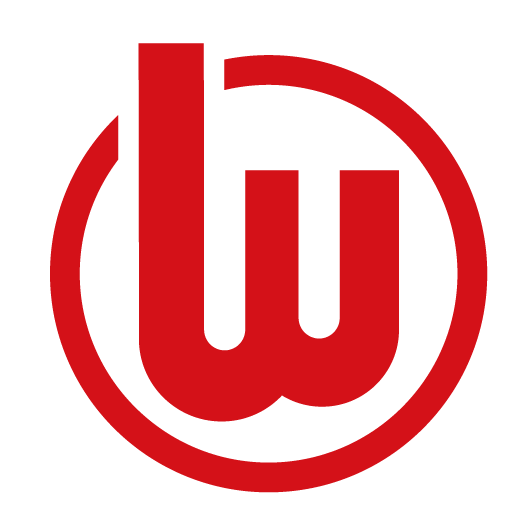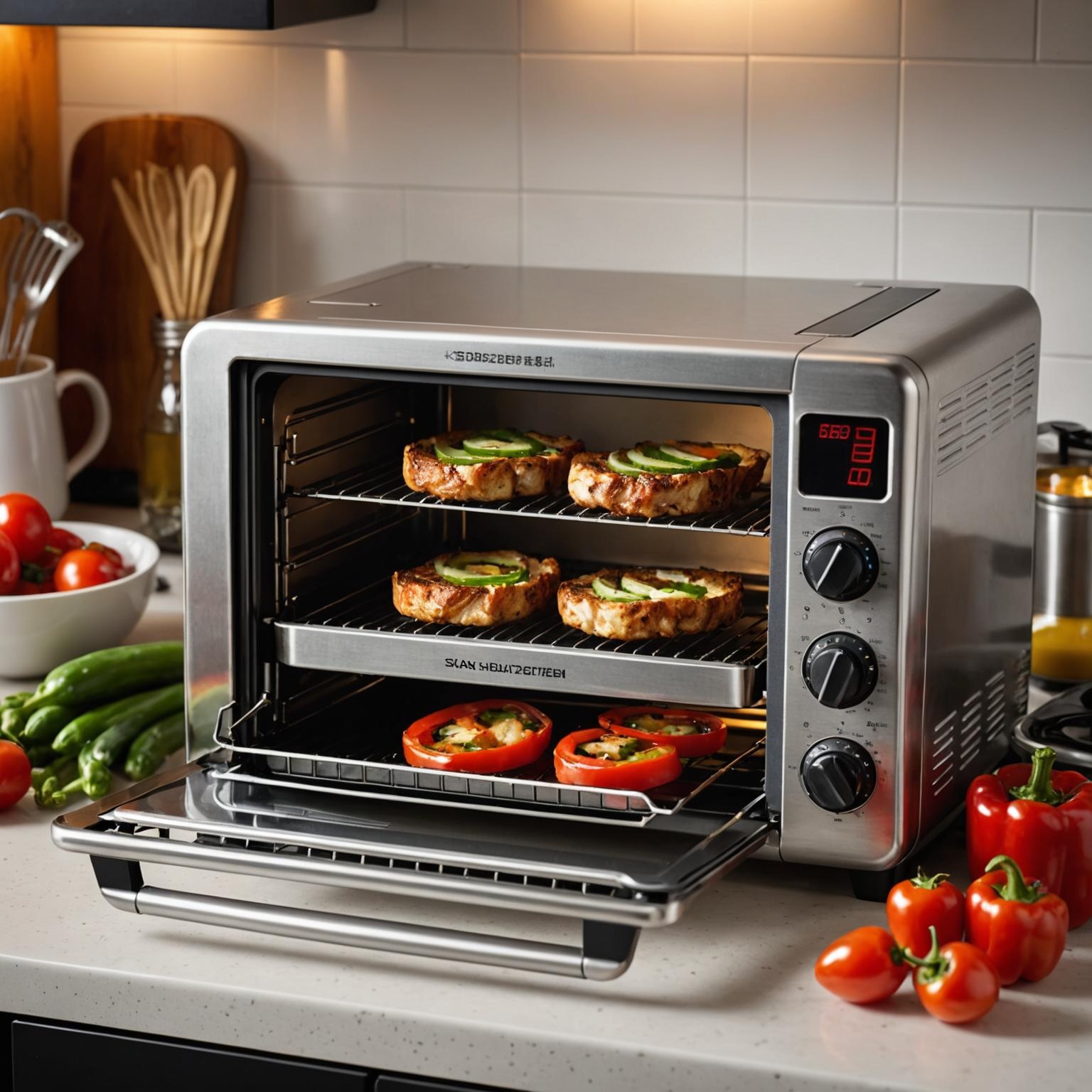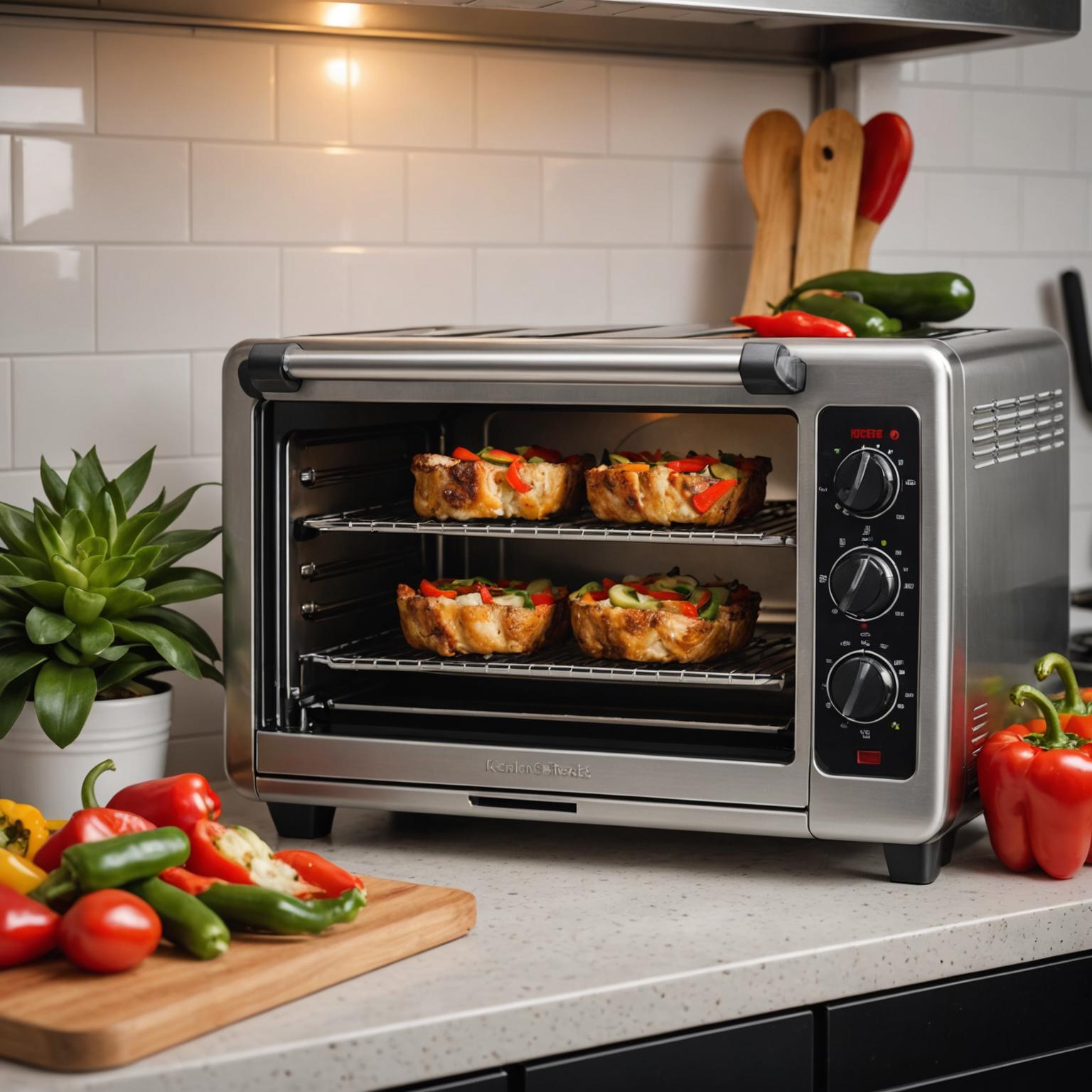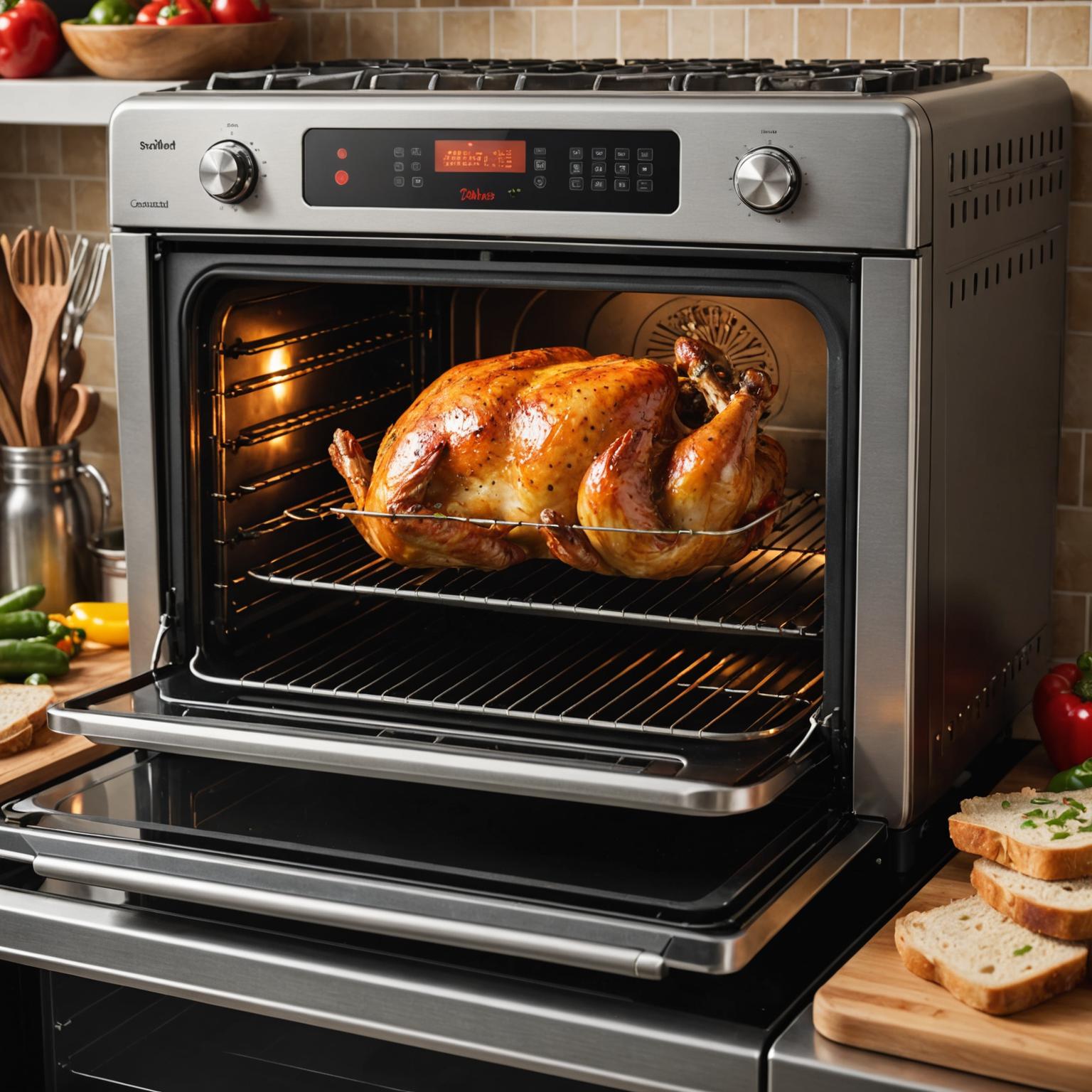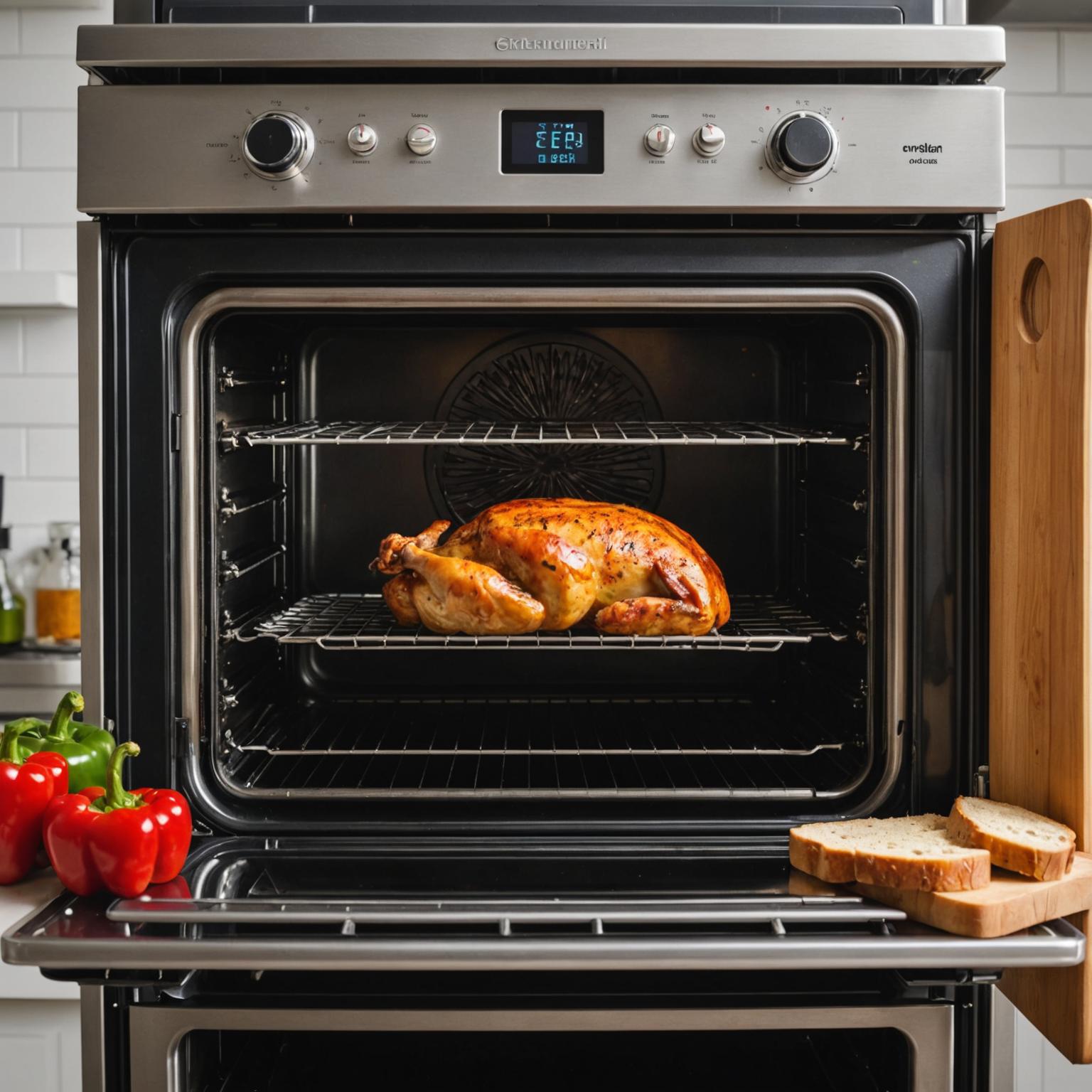The evolution of modern manufacturing and processing industries is deeply intertwined with advancements in heating technology. At the core of countless industrial processes lies the industrial heating tube, a component that, while often unseen, is critical for achieving precision, efficiency, and consistency. From food processing to chemical manufacturing, the ability to apply heat in a controlled and reliable manner is paramount. We see parallels even in consumer technology, like the sophisticated infrared heating elements in a modern toaster oven, which are designed for perfect, even cooking. This same principle of precision engineering, just on a much larger and more robust scale, is what drives the trends in the industrial sector today.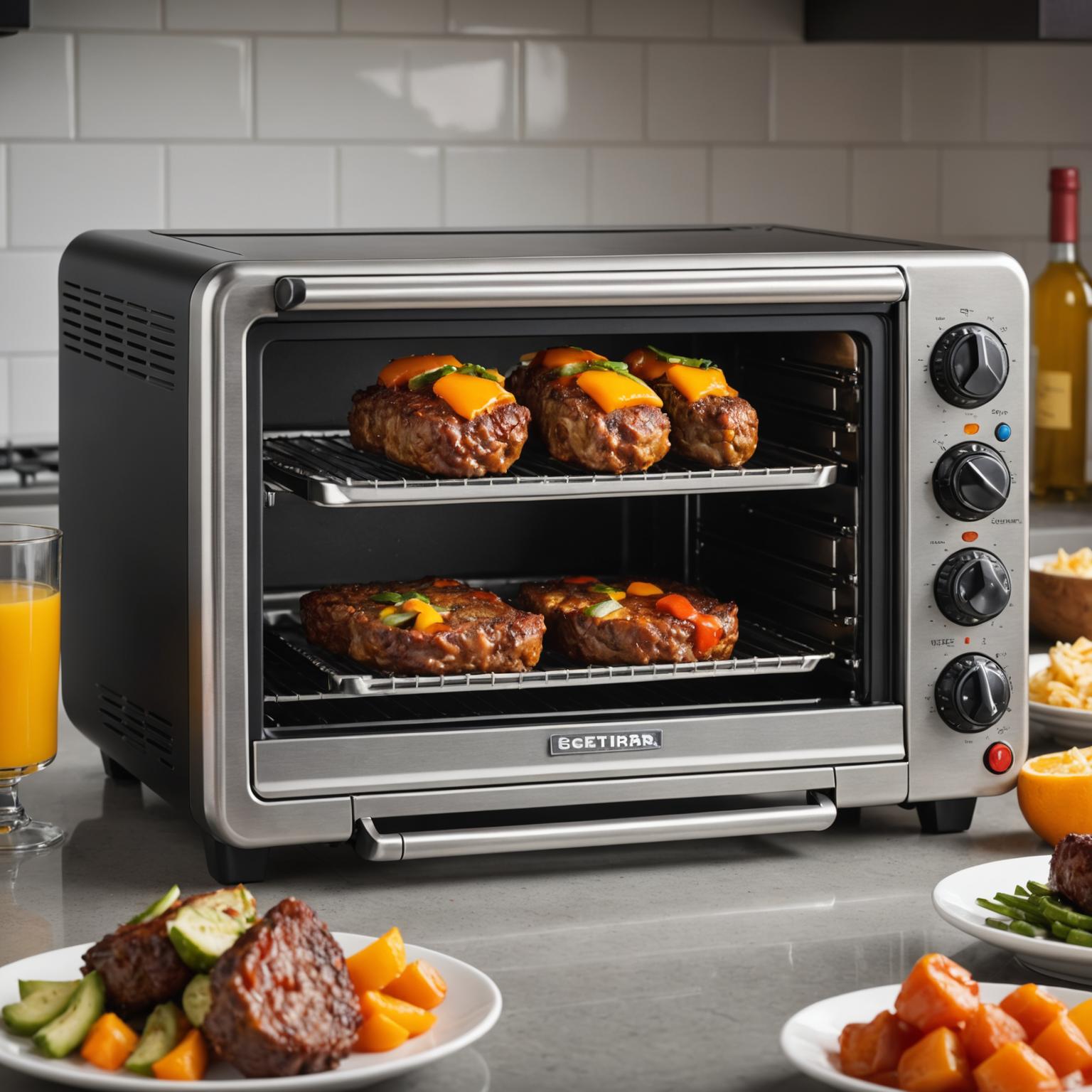
The Trend Towards Advanced Materials and Durability
One of the most significant trends in heating technology is the focus on material science. The selection of materials for heating elements is no longer just about thermal conductivity; it's about longevity, resistance to corrosion, and performance under extreme conditions. This is why the stainless steel heating tube has become an industry benchmark. Its inherent resistance to rust and chemical reactions makes it ideal for use in sanitary environments like food production or in harsh chemical processing plants. The material choice is a fundamental aspect of the heating tube specifications, directly impacting the component's lifespan and the purity of the end product. Leading manufacturers who adhere to strict quality standards, such as ISO 9001 and ISO 14001, ensure that the materials used are of the highest grade, providing customers with reliable and long-lasting solutions.
Engineering for Speed and Precision
The demand for increased productivity and reduced energy consumption is pushing innovation in component design. Modern resistance tube design is a highly specialized field focused on maximizing heat transfer efficiency and minimizing warm-up times. This engineering focus is what gives rise to quick heating elements, which can reach target temperatures faster, shortening process cycles and boosting output. The design process involves a careful analysis of the specific resistance heating applications, tailoring heating tube specifications to deliver optimal performance. Whether for heating liquids, air, or solids, the geometry, wattage density, and sheath material of the heating elements are meticulously calculated to meet the unique demands of the application, ensuring both efficiency and safety.
The Rise of High-Efficiency Electric Heating
As industries worldwide move towards cleaner and more controllable energy sources, the electric resistance heater is seeing a surge in adoption. This technology offers unparalleled precision, allowing for tight temperature control that is difficult to achieve with combustion-based systems. The trend is driven by the heater's efficiency, reliability, and ease of integration into automated control systems. For companies operating in a global market, sourcing components that meet international safety and quality standards is non-negotiable. Certifications such as VDE, TUV, UL, and CE are not just stamps of approval; they are a guarantee of performance, safety, and reliability. This assurance is crucial for complex industrial systems where the failure of a single component can lead to significant downtime and financial loss. The future points towards smarter, more efficient electric heating solutions that power the next generation of industry.


